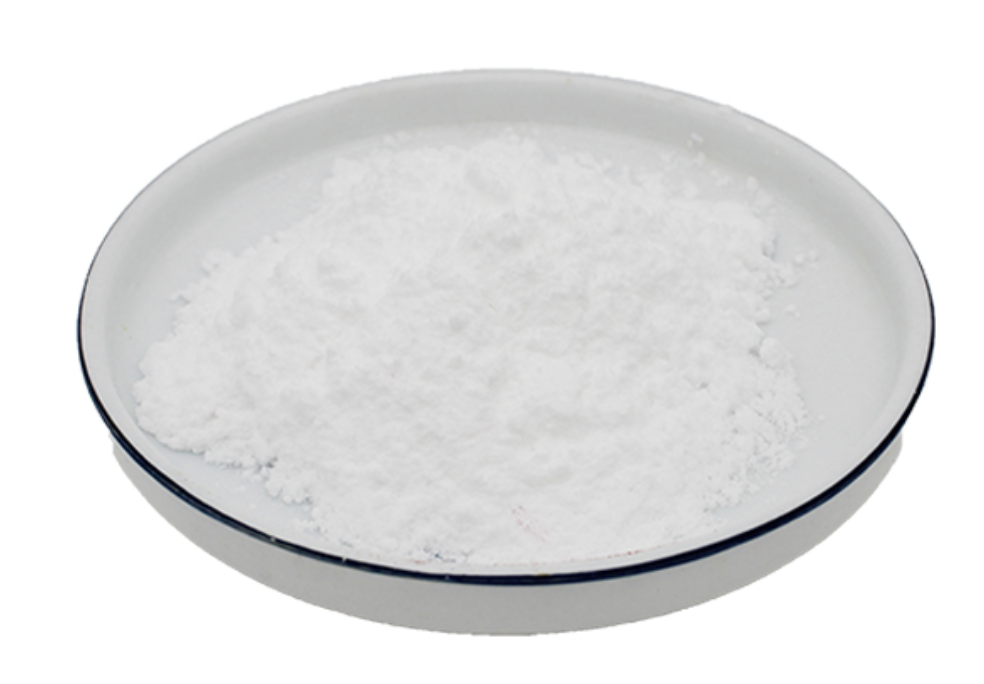Fluoxymesterone is a man-made form of testosterone, a naturally occurring sex hormone that is produced in a man's testicles. Small amounts of testosterone are also produced in a woman's ovaries and adrenal system. Fluoxymesterones is used in men and boys to treat conditions caused by a lack of this hormone, such as delayed puberty or other hormonal imbalances.
Fluoxymesterone is also used in women to treat breast cancer that has spread to other parts of the body. Fluoxymesterone treats only the symptoms of metastatic breast cancer but does not treat the cancer itself. Fluoxymesterone may be taken with or without food. If stomach upset occurs, take with food to reduce stomach irritation.
If you miss a dose of fluoxymesterone, take it as soon as possible. If it is almost time for your next dose, skip the missed dose and go back to your regular dosing schedule. Do not take 2 doses at once. Dosage is based on your medical condition, testosterone blood levels, and response to treatment.
Fluoxymesterone works by attaching itself to androgen receptors; this causes it to interact with the parts of the cell involved in the making of proteins. It may cause an increase in the synthesis of some proteins or a decrease in the synthesis of others. These proteins have a variety of effects, including blocking the growth of some types of breast cancer cells, stimulating cells that cause male sexual characteristics, and stimulating the production of red blood cells.
Since the effects of castration in premenopausal women are far superior to those of androgenic therapy, the male hormones have been employed primarily for women of postmenopausal age. Halotestin is used only occasionally because other hormonal therapy medicines such as tamoxifen and the aromatase inhibitors are generally more effective. Male breast cancer accounts for about 1% of all breast cancers. Androgenic hormones have been effectively employed in the therapy of advanced breast cancer. Objective improvement occurs in approximately 25 per cent of patients with osseous metastases, with a lower rate of response in patients with soft-tissue lesions.






















